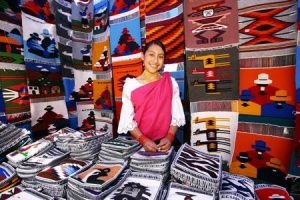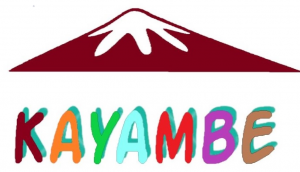Ecuadorian culture with
Online Spanish classes.
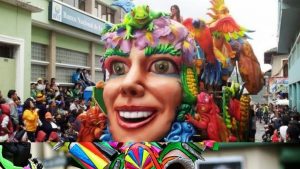
Carnival in Ecuador
Your content goes here. Edit or remove this text inline or in the module Content settings. You can also style every aspect of this content in the module Design settings and even apply custom CSS to this text in the module Advanced settings

End of the Year and the Mad Widows
Año Viejo (literally translated old year) is one of the most peculiar festivals in Ecuador. Those who were widowed in the past year create life-sized dolls to set up in a kiosk on December 31 to represent the deaths of their spouses. Female widowers ask for money on the streets to buy very sexy dresses and dance sensually on the streets. The real novelty is that male widowers dress as women to pay respects to their recently deceased wives. At midnight, many disperse with hugs and thanks for having a good year, while others are punished for having a bad year.
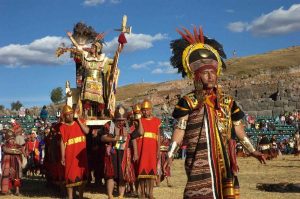
It is Quichua or Quechoa?
Both “Quichua” and “Quechoa” are correct. The difference in spelling is geographical: Quechoa (with an “e” and “o”) is the term used for the language of Peru, whereas Quichua (or Kichwa) is a the term used for the language of Ecuador. This is because the Kichwa of Ecuador only use three vowels: “a”, “i”, and “u”. Kichwa is spoken by most Indigenous groups native to the Andes, as well by some in the Amazon.
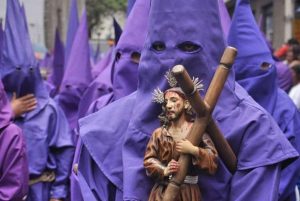
Good Friday in Ecuador
Because Ecuador is predominantly Catholic, Good Friday is one of the biggest religious events in the country. The largest celebrations are held in Quito and Guayaquil. In Quito, Good Friday celebrations begin very early. Those involved in the procession congregate at the church to don their purple cucurucho (“cone-shaped”) costumes. Others will represent a suffering Jesus Christ, all in a demonstration of faith. The Good Friday procession begins at noon and takes place throughout the historic center of Quito. Hundreds of people wanting to amend their sins take part in this parade to publicly demonstrate their devotion, penance and thanks to God. This celebration has taken place since 1961.
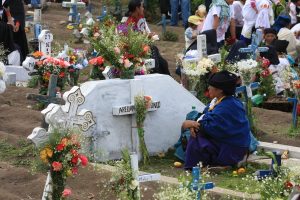
Day of the Dead
When someone dies in Mestizo culture, they go to the church, sometimes celebrate mass in honor of the deceased, and visit the cemetery to clean and put flowers.
In some Indigenous cultures in the Andes, death is celebrated differently. The house prepares the deceased person’s favorite meal, and then with much reverence, the family proceeds to the cemetery. If possible, they celebrate mass before the cemetery. At the graveyard, the family cleans the grave and then gathers to eat the special meal, placing food on the deceased’s tomb as well.
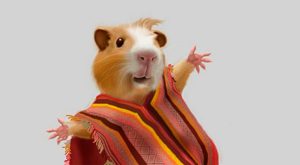
The Sacredness of the Guinea Pic
The guinea pig is not universally sacred, but it is certainly held as very important for certain Indigenous communities. Guinea pigs are used in special celebrations and festivals. The majority are now bred in pens outside, but in the past, lived inside a family’s home.
You can take your lessons via

20 lessons
10 lessons
Teachers with University Degrees from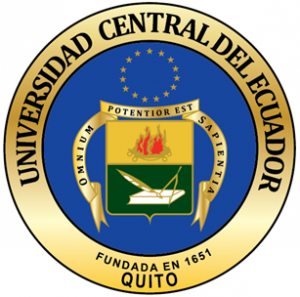
Spanish teachers registered on SENESCYT


